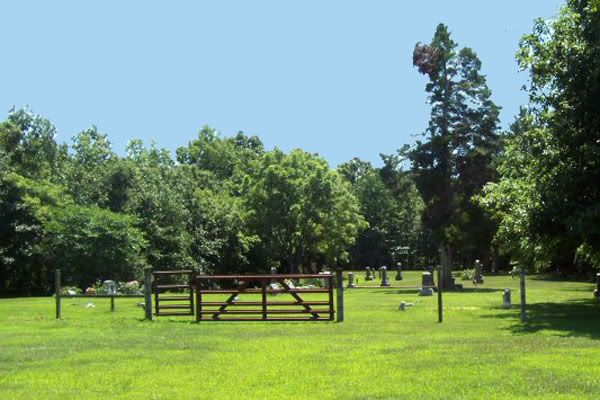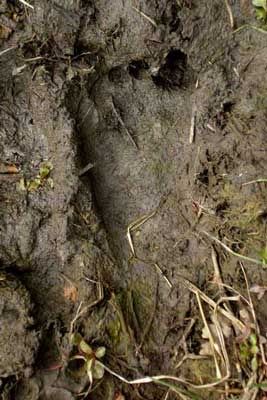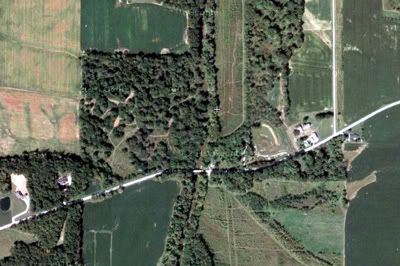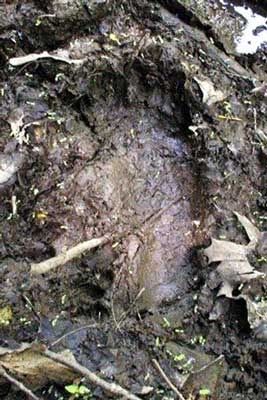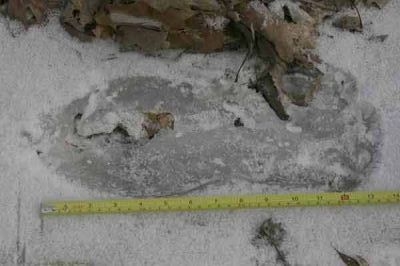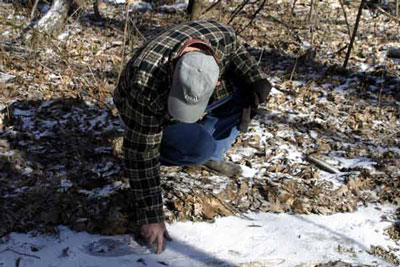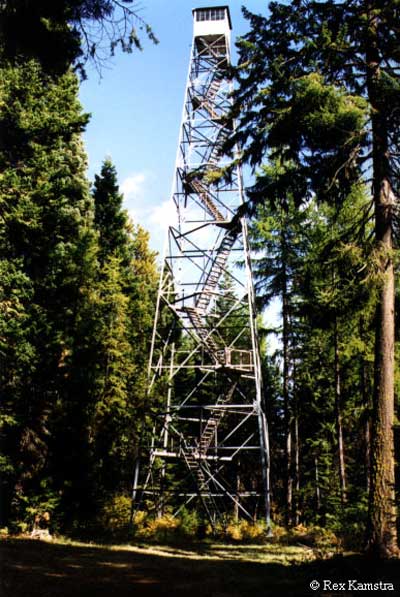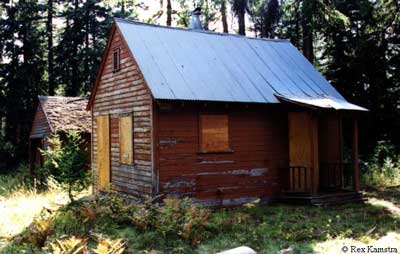Sasquatch vs Coyotes
The topic of coyotes interacting with sasquatch has been talked about for a long time. It has been noted that many times coyotes while howling will be joined by another large voice, many times the coyotes immediately stop their vocals.
This recording of the Illinois Howl recorded in the spring of 2006 in Central Illinois shows a coyote howling immediately followed by a louder and deeper voice.
Illinois Howl – recorded the 12th of April 2006 in Central Illinois.
In 2009 a series of recordings were obtained over a two month period in Colorado.
From Texas BFRO Investigator Sybilla Irwin we read
Second vocalization occurred ten minutes later at 10:00 PM from a location of approximately 150 to 200 yards south of our camp, across a meadow. A lone coyote began the vocals and was answered by the unknown animal, which had apparently moved within ¼ mile of our camp location. The coyote and the unknown continued to vocalize back and forth to each other as the coyote crossed the meadow moving west.  The participants seemingly met, and then everything went silent.
What is significant about Sybilla’s recordings is that she was there at the time of the recording and could tell that the animals were changing positions and coming together.
The coyotes and Colorado Howler were recorded multiple times in July and August of 2009 by Sybilla Irwin, Todd Perteet and myself.
So what is the meaning of this supposed meeting up of coyotes and possible sasquatch. Do they join together for a joint hunt much as modern man and his hunting dogs, or do the sasquatch bring them scraps? Until they are visually observed interacting together we won’t know for sure.
There are a couple of recent articles noting the relationship that ravens have with wolves and other large predators. Perhaps this is part of the answer.
He notes instances in his Yellowstone studies in which ravens located injured elk and called raucously, attracting the attention of a local wolf pack to an easy kill.
BirdNote  –  Ravens and Wolves
Raven researcher Bernd Heinrich writes: “Ravens associate with any animals that kill large game – polar bears, grizzlies, wolves, coyotes, killer whales, and humans. … In the Arctic, … native peoples know when the caribou arrive on their migrations, by the announcements of ravens who travel with them and feed on the kills of the wolves along the flanks of the herds.â€
BirdNote. And a short 2 minute podcast from Bridnote
